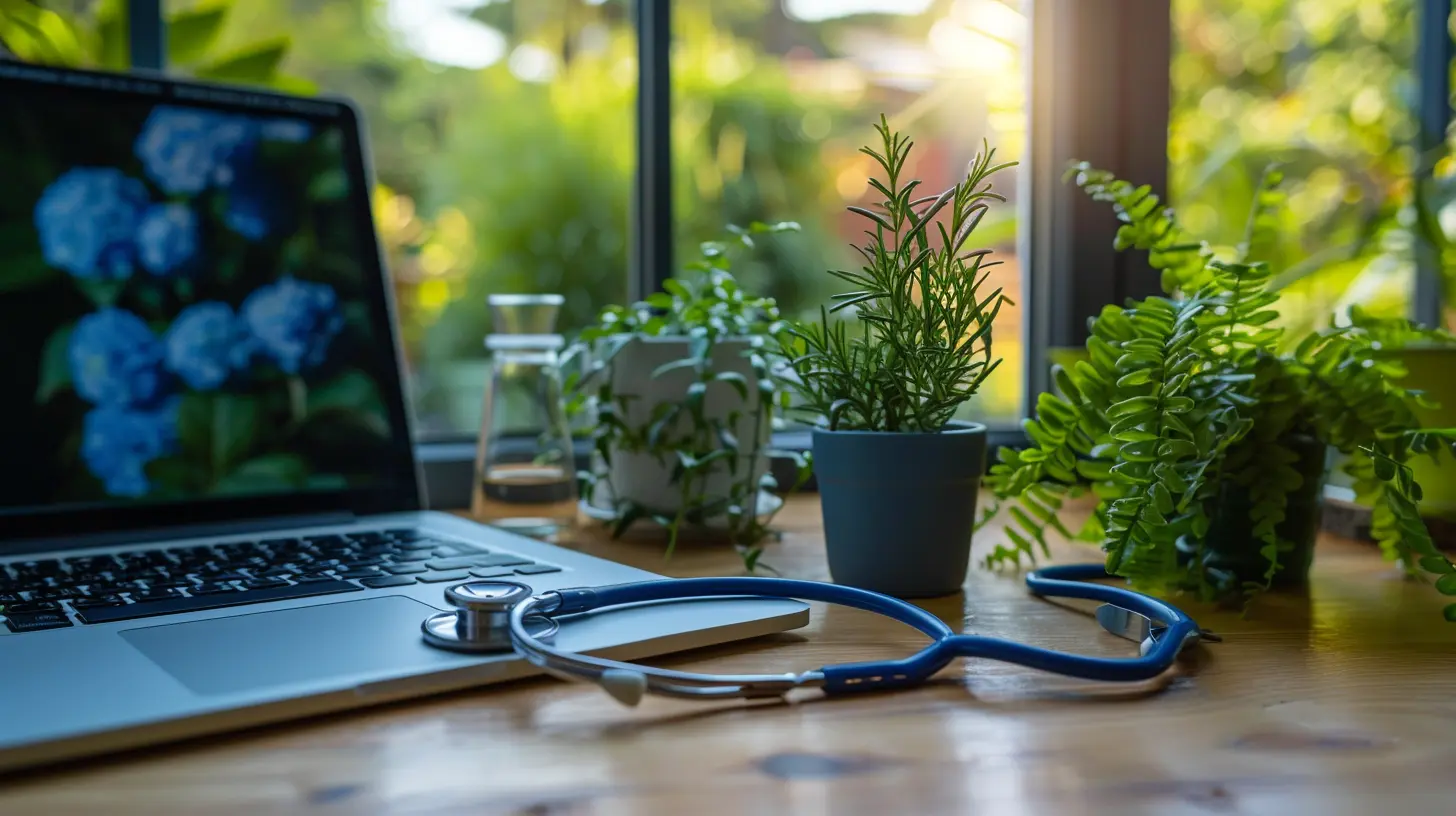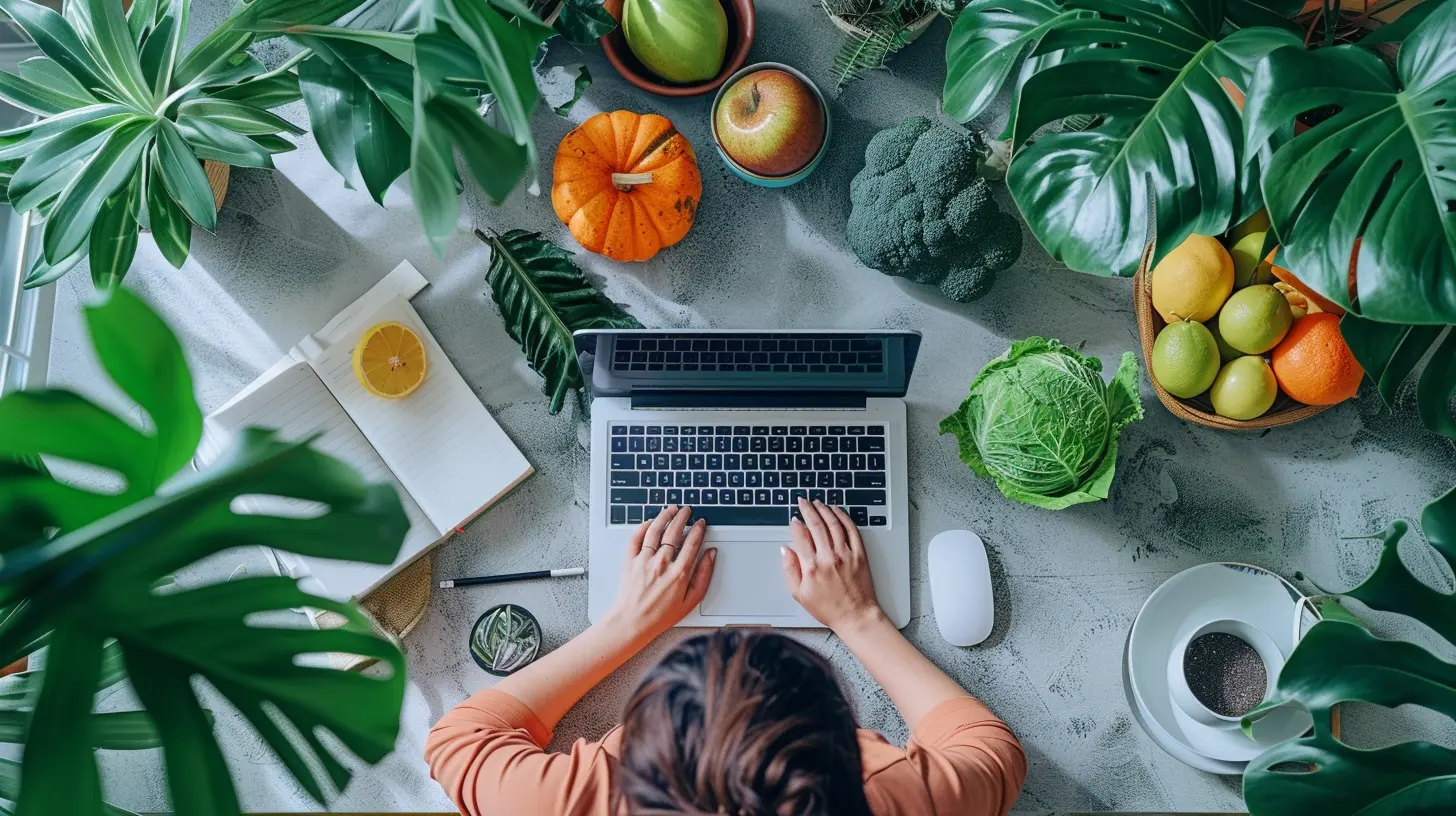Cultivating a Healthy Relationship with Technology
6 October 2025
Let’s face it—we’re glued to screens. From the minute we wake up to the moment our head hits the pillow, technology is there, tagging along for every part of our day. Whether it’s answering work emails, scrolling through social media, binge-watching Netflix, or asking Alexa to play your favorite playlist, devices have become part of the family.
But here’s the thing… as much as technology makes life easier, cooler, and more connected, it can also mess with our focus, relationships, sleep, and even mental health. That’s why learning how to cultivate a healthy relationship with technology is not just a trendy topic—it’s essential for our well-being in today’s digital world.
Why Our Relationship with Tech Matters More Than Ever
Think about it: most of us check our phones more than we check in with ourselves. Sounds wild, right? But it’s true. We’re constantly bombarded with notifications, pings, and updates that demand our attention. It’s like we’re always "on," like a computer that never reboots.And while tech helps us stay in touch and get things done, it’s also notorious for contributing to:
- Digital burnout
- Poor sleep quality
- Increased stress and anxiety
- Physical health issues (hello, text neck and eye strain)
- Disconnection from the real world
So, instead of letting technology run the show, why not become the one in control? Let’s talk about how to strike that sweet balance—where you can enjoy all the upsides of tech without being ruled by it.
Recognizing the Signs of Tech Overload
Before we dive into tips and tricks, it’s important to check whether you might already be knee-deep in tech overload. Ask yourself:- Do you feel anxious when you leave your phone at home?
- Are you constantly refreshing your feed, even when you’re not really interested?
- Does checking emails ruin your off-the-clock time?
- Is your screen time way beyond what you’d like it to be?
- Are you struggling to stay focused or sleep well?
If you answered “yes” to more than a couple of these, don’t panic—it just means it’s time for a little reset.
The Truth About “Digital Wellness”
You’ve probably heard of digital wellness—but what does it actually mean?Simply put, it’s about using technology in a way that supports your mental, physical, and emotional health. It’s not about quitting your phone cold turkey or ditching screens entirely (unless you’ve found a way to live in a cabin off-grid… in which case, teach us your ways!).
It’s about being mindful: knowing when tech is helping, and when it’s hurting.
How to Build a Healthier Bond with Technology
Let’s roll up our sleeves and dig into the how. Here are some realistic, no-guilt tips that’ll help you reclaim your time, focus, and peace of mind—without having to give up your favorite apps.1. Set Boundaries Like a Boss
You wouldn’t let someone barge into your house at 2 a.m., right? So why let tech intrude on your personal time?Here’s how to draw the line:
- Use “Do Not Disturb” mode during meals, workouts, or wind-down time.
- Set app timers (yes, most phones have this feature!) to limit usage.
- Create tech-free zones like your bedroom or the dinner table.
- Schedule screen-free blocks in your calendar like meetings—non-negotiable.
Think of boundaries as your personal firewall. They act as protective shields to keep distractions out and mindfulness in.
2. Practice Digital Mindfulness
Mindfulness isn’t just about meditation—it’s about awareness. When it comes to tech, that means:- Asking yourself why you’re using your device.
- Noticing how certain apps or online experiences make you feel.
- Being intentional—do you really need to scroll for 30 minutes?
Try a simple trick: the next time you reach for your phone, pause and ask, “What am I looking for?” Sometimes it’s boredom, sometimes it’s connection, sometimes it’s just habit. The more you notice, the less automatic your behavior becomes.
3. Curate Your Digital Diet
Just like food, not all digital content is nourishing. Some fuel you. Others drain you.So be picky about what you consume:
- Unfollow accounts that make you feel inadequate.
- Mute or limit exposure to negative news cycles.
- Follow creators who inspire, educate, or genuinely resonate with you.
You don’t have to be the Marie Kondo of Instagram, but if something doesn’t spark joy—or at least provide value—it’s probably time to let it go.
4. Make Tech Work For You
Technology isn’t the enemy. It’s a tool. And tools are meant to serve you—not the other way around.Here’s how to flip the script:
- Use productivity and wellness apps to keep track of habits.
- Set daily "focus time" blocks with apps like Forest or Freedom.
- Turn your phone grayscale to make it less visually addictive.
- Use smart assistants to streamline tasks (like creating reminders or grocery lists).
A well-managed tech setup can be the digital equivalent of a personal assistant. You just need to tell it what to do.
Tech & Mental Health: What the Science Says
Did you know overuse of tech—especially social media—is associated with higher rates of anxiety and depression? Multiple studies have shown that constant comparison, negative feedback, and information overload can really mess with our heads.But it’s not all doom and gloom. In moderation, tech can also have a positive effect on mental health:
- Meditation apps like Headspace or Calm can ease stress.
- Online therapy platforms make mental healthcare more accessible.
- Fitness trackers can motivate healthier habits.
So it’s less about quitting tech and more about using it intentionally.
Reconnecting with the Real World
When tech takes center stage, real-life experiences often take a backseat. But here’s the kicker: humans are wired for connection, face-to-face connection.That’s why cultivating offline habits and hobbies is a game-changer.
- Go for a walk—no headphones.
- Call instead of texting.
- Journal with pen and paper.
- Try a hands-on hobby like painting, cooking, or gardening.
- Plan a tech-free hangout with friends or family.
The goal isn’t to become anti-tech. It’s to become pro-life—real, unfiltered, messy, human life.
Navigating Tech in Relationships
Let’s talk about the elephant in the room: how much tech can mess with our relationships.Ever been on a date where your partner can’t stop checking their phone? Or tried having a conversation while someone “uh-huhs” their way through TikTok?
Digital distractions can chip away at intimacy more than we realize.
Here’s how to keep tech from coming between you and your loved ones:
- Make eye contact, not screen contact.
- Have regular “device-free” time with your partner.
- Don’t bring devices to bed—trust us on this one.
- Talk openly about digital boundaries and expectations.
Healthy tech habits = healthier relationships. It’s really that simple.
Teaching Kids (and Teens) the Value of Balance
If you’re a parent or teacher, this part’s for you. Kids are growing up in a world where tech is everywhere—and it’s up to us to help them navigate it wisely.- Model good behavior. Kids learn by watching you.
- Set clear rules around screen time and stick to them.
- Encourage outdoor play and creative offline activities.
- Teach them about online safety and empathy.
Remember, the goal isn’t to ban tech. It’s to help kids build a healthy relationship with it—just like you're doing.
When to Take a Digital Detox
Sometimes, a break is the best medicine. If you're feeling especially burnt out, anxious, or overwhelmed, it might be time for a good ol’ digital detox.Here are a few signs it's time to pull the plug—for a little while, anyway:
- You feel constantly distracted.
- You're tired but can't stop scrolling.
- You crave likes more than real-life validation.
- You miss how present you used to feel.
- You’re doom-scrolling more than dreaming.
A detox doesn't have to be extreme. Start small:
- Go tech-free for an hour a day.
- Have one screen-free weekend per month.
- Try a 7-day social media fast.
You’d be surprised how much clearer your mind feels after even a short break.
Final Thoughts: It’s About Harmony, Not Perfection
You don’t have to throw your phone out the window to live well. You just need to be conscious about your usage.Technology isn’t going anywhere. In fact, it’s only going to become more integrated into our lives. But instead of fearing it—or letting it control us—we can learn to live with it, not for it.
Think of your relationship with tech like any other relationship—it takes intention, boundaries, and a little TLC. The more mindful you are, the more balanced you’ll feel.
So start small. Pick one habit to tweak today. You’ll be surprised how much nicer life feels when you’re not glued to a screen 24/7.
You got this.
all images in this post were generated using AI tools
Category:
Healthy LifestyleAuthor:

Laura Hudson
Discussion
rate this article
1 comments
Kevin McCoy
In a world where screens dominate our lives, the dance between connection and isolation becomes a delicate balance. Are our devices nurturing us, or subtly weaving a web of distraction? Unravel the mystery of technology's influence on well-being and discover the hidden pathways to a harmonious digital existence.
October 31, 2025 at 4:34 PM

Laura Hudson
Thank you for highlighting this vital topic! Finding balance in our digital lives is crucial for our well-being, and nurturing mindful tech use can lead to more meaningful connections while minimizing distractions.


